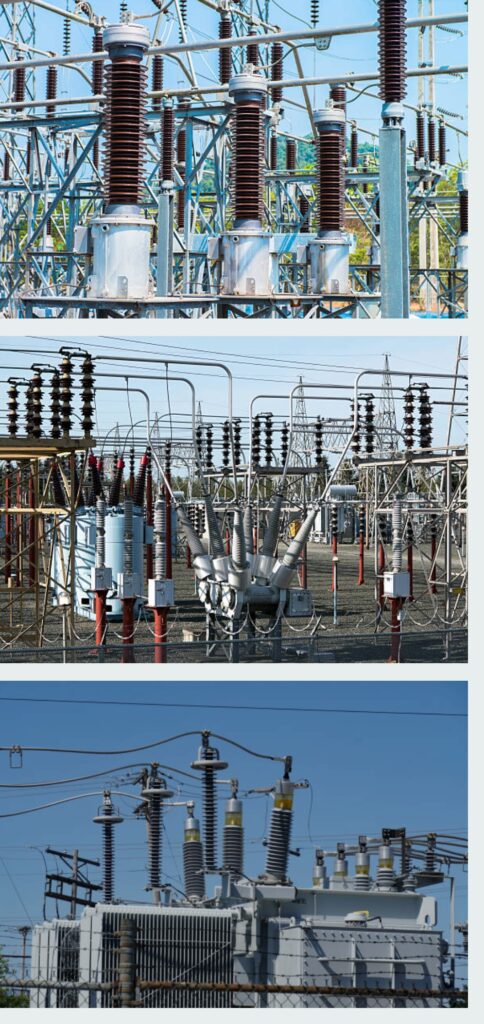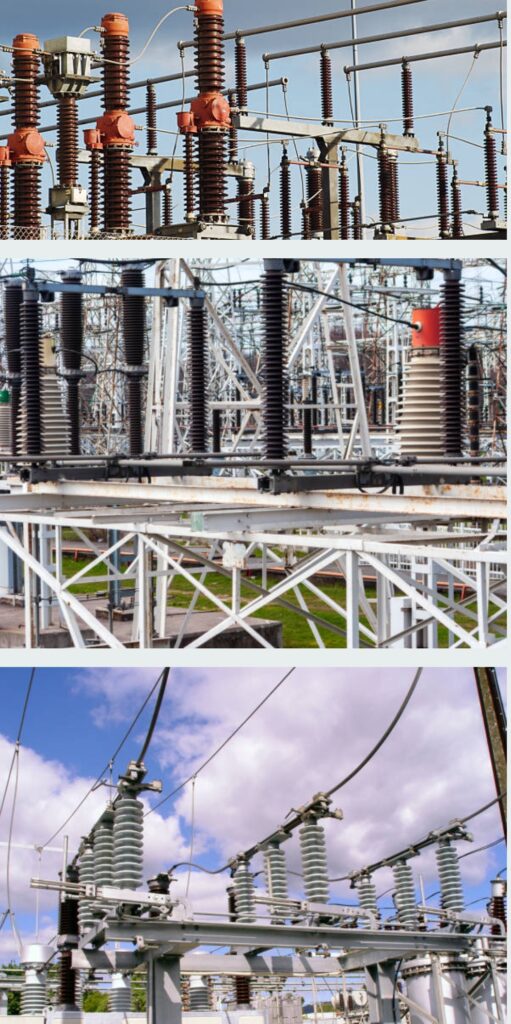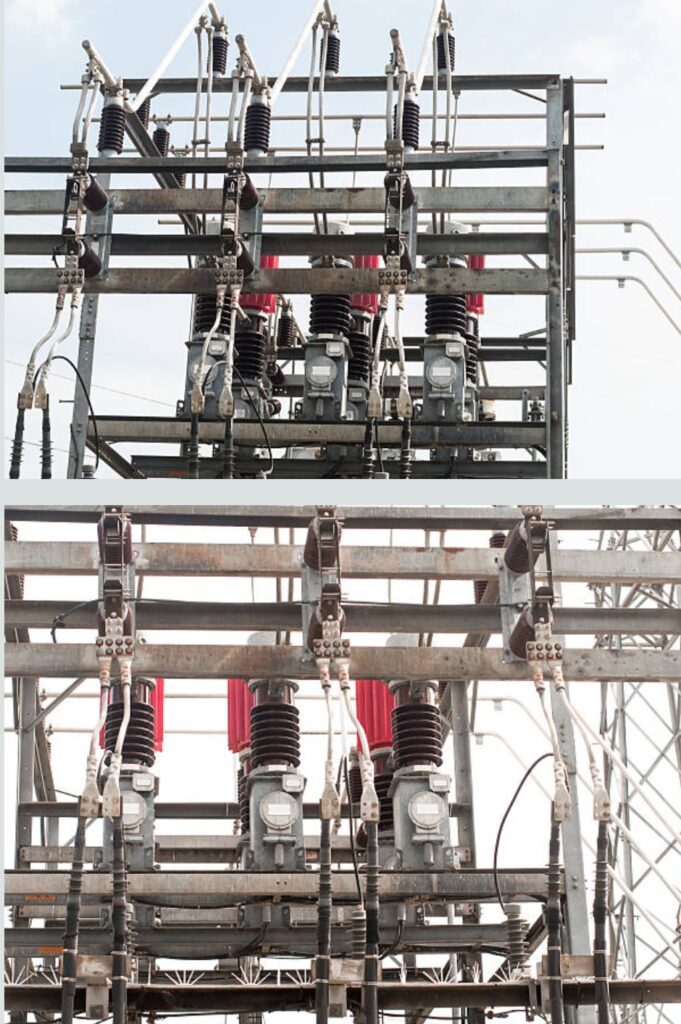How is electricity generated and how does it reach homes?

How Electricity is Produced and Delivered to Our Homes – A Beginner’s Guide
How is electricity generated and how does it reach homes? Electricity is a common, everyday thing — we use it to illuminate our homes, charge our cell phones, cook dinner, and the list goes on and on. Have you ever considered how it’s produced, or how it travels from a power plant to the bulb in your bedroom. Join us as we uncover the story of electricity in a fun, engaging, and family-friendly manner.
What’s So Great About Electricity Anyway?
Before we delve into the intricacies of how electricity is generated, first let’s clarify what electricity actually is.
For students to truly grasp many concepts in energy all subjects combined, we have to start from understanding electricity, which is defined as the flow of electric charge typically carried through materials by very small particles called electrons. These electrons then move through a conductive material (such as copper wire) and produce what we recognize as an electric current. This electric energy fuels our cars, buses, homes, stores, hospitals, and all the other places we depend on.
Imagine it as water rushing through a tube. The flow of water analogy used to describe electric current and a wire.
How is electricity generated and how does it reach homes?

What Are The Environmental Effects Of Electricity Generation / Production
Electricity doesn’t just fall out of the sky, after all. Most importantly, it has to be truly clean. An energy economy that’s generated by the miracles and wonders of the natural world, rather than at the peril of poisoning our air. Here’s a look at what fuels Americans are using to power their homes, schools, businesses and other electric activities.
1 . Thermal Power (Coal, Natural Gas, Oil)
This is probably the most insidious alternative.
Coal, natural gas or other fossil fuels are burned to produce heat.
All that steam is then channelled to turn turbines, creating the electricity they distribute.
That steam goes on to drive an electricity-generating generator (it’s really more of a big lawnmower engine than the stuff you picture in a sci-fi movie).
That kinetic energy is what allows the blades of the turbine to rotate and spin, making the generator itself spin.
To generate that spark, the generator converts that kinetic energy created by the motion.
Within the generator, magnets and coils of wire spin around each other, producing electric current. As you quickly pass the magnet over the coils, the turbine will generate a current of electrons and voila! That electric current is produced by phenomena known as electromagnetic induction, a principle first realized by inventor and scientist Michael Faraday.
How is electricity generated and how does it reach homes?

2. Hydropower
With proper planning, remediation and removal of hydropower dams can deliver not only restored fish and wildlife habitat and improved recreation opportunities but a range of other co-benefits. Dams are often the antithesis of that. This allows them to form a reservoir that dams up water.
As this water flows back to the sea, it rushes through hydroelectric turbines, spinning the turbines as it passes and creating electricity in the process.
Similar to the way that the steam from a tea kettle turning a turbine, these turbines grouped together in larger arrays power generators that create clean, renewable energy.
We’re tapping into this industrial age miracle to transform the gravitational energy of waterfall into… This clean, renewable energy source is abundant, widespread and wholly underutilized.
3. Renewable energy—Solar, Wind energy
To generate energy at the levels and efficiencies they were designed for, these massive commercial wind turbines should be positioned where they can harness the strongest, most consistent winds.
Wind can be the energy that turns a turbine’s blades, but it’s the enemy in keeping them that way.
More specifically, it’s that in-and-out, back-and-forth motion that powers a flywheel generator — more formally referred to as a linear synchronous generator — to create electricity.
The kinetic energy that the wind has stored is turned into mechanical energy and then, through a generator, this mechanical energy is transformed into electrical energy.
How is electricity generated and how does it reach homes?
4. Home solar
Solar panels depend on cells made of advanced materials (i.e., silicon).
These cells can’t be tested like their theoretical counterparts, as these cells directly absorb sunlight and convert it into electricity.
This process is known as the photovoltaic effect. Sunlight creates an electric current in the solar cell when it knocks electrons loose from atoms.
5. Nuclear Energy
Uranium atoms are divided in a process known as nuclear fission.
As the reed mat consolidates, it releases this stored up heat in a lump sum.
That heat is then used to produce steam that drives turbines to create electricity.
The basic principle is that nuclear fission releases energy that’s stored in the nucleus of an atom. This energy is then used the same way as in fossil-fuel power plants to boil water and spin steam turbines.
Picture this — you’re eagerly anticipating a chance to join leaders from the philanthropic and environmental communities at the Energy Foundation’s annual conference.
How is electricity generated and how does it reach homes?

The Journey of Electricity
Once the electricity is created out there, it doesn’t just trundle straight to your home. It has an orderly, predictable route along a sophisticated network, known as the power grid. Here’s a look at some of the main steps.
1. Step-Up Transformer
That’s because the electricity produced at power plants is at a very low voltage (pressure).
It passes through a step-up transformer, which increases the voltage—something that’s typically done at this stage.
Increasing voltage lets electricity be transmitted over long distances with less energy loss.
2. Electric Transmission Lines
High voltage electricity moves along transmission lines (the large towers and wires you often see next to highways).
These lines transmit electricity over a thousand miles from generation facilities to urban and rural demand centres.
3. Step-Down Transformer
When power makes it into a downtown area, it typically goes first into a step-down transformer.
This step decreases the voltage down so it is safe for everyday use in residences and industries.
4. Electric Distribution
Electricity travels through distribution lines (smaller electric poles and underground cables).
These lines are how communities get electricity directly to homes and buildings.
5. Electric meters and house wiring
Electricity comes into your home through a meter, which counts the kilowatt-hours you use.
It carries on then under w
Benefits of line-voltage heating ire in your walls to new power outlets, lights, and appliances.
Voltage matters
Voltage is similar to the water pressure behind an electrical current moving through wires. Though high voltage works well for traveling long distances, it poses serious dangers. That’s why step-down transformers, like the one pictured above, are so crucial. They ensure that when electricity finally gets to your home, it’s at a safe, usable level.
Trek, a major bike manufacturer with a big carbon footprint, has taken stops like these around pinning blame on e-bikes and start to distance itself.
How is electricity generated and how does it reach homes?
Keeping the Power On: The Nationwide Electric Grid
The electric power grid is a complicated engineering marvel that requires a real-time matching of supply to instantaneously equal demand. It’s stress-tested by engineers who need to be sure that electricity will always be when and where you need it — even if every household in the country decides to boil an egg at the same time.
Today’s grids are getting smart with a little assistance from digital technology. In addition to detecting outages faster, smart grids can go so far as to reroute power when an issue is detected.
Digital infrastructure is a shared foundation for our economy and society. However, maintaining that foundation, which is commonly considered a shared digital infrastructure, is fraught with challenges.
How is electricity generated and how does it reach homes?
Green Energy, Prosperity and the Future
Now, there is an overwhelming trend to replace that with cleaner renewable and zero carbon fuel such as wind, solar and hydro. Those sources don’t contribute to air pollution or deplete natural resources as fossil fuels do.
Unlike traditional energy sources, renewable energy is more variable (the sun doesn’t always shine at night, and the wind isn’t always blowing). That’s why researchers are developing advanced batteries and other energy storage systems to help ensure that we have power available around-the-clock.
Advance program enrolment is now open, and will close on November 19 th.

Conclusion
Now you can understand How is electricity generated and how does it reach homes?
Electricity is without a doubt the most powerful, incredible, and transformative thing in this world — it shapes our lives, often without us even realizing it. From burning coal or capturing sunlight to spinning turbines and illuminating your home, the journey of electricity is a fabulous combination of science, engineering and innovation.
By learning more about what goes on behind the scenes, we all can make more educated decisions about the energy we consume and advocate for cleaner, smarter methods of creating and distributing it.

Frequently Asked Questions: How is electricity generated and how does it reach homes?
Q1What is a generator and how does it work?
A generator is a deceptively simple but powerful machine that transforms mechanical energy – what you get from something like a spinning turbine – into electrical energy through electromagnetic induction. When a magnet passes by a coil of wire, it produces a current of electricity.
Q2: Why is electric power transmitted and distributed at high voltages?
Sending electricity over long distances and at higher voltages helps lower energy loss. It’s smarter, it saves money and it reduces long-term electricity prices.
Q3 . How can we produce power on our home turf?
Heck, yes! Even today, nearly 3 million U.S. households are equipped with distributed solar panels that produce their own electricity. Some even use small wind turbines or home diesel generators. Not only can these systems help to save you money on your electricity bill, they help you reduce your environmental footprint.
Q4: What’s the situation during a power outage?
When the grid goes down, any fault in the grid—such as a downed wire or an overloaded transformer—stops electricity from flowing to your home. Utility companies immediately sense the disruption and mobilize the crews to repair the damage. Smart grids, or computer-controlled electrical systems that monitor local grids, can expedite power restoration.
Q5: Can solar energy power an entire home?
Surprisingly, yes—if you live in the right part of the country and are mindful of your electricity consumption. A properly sized solar system combined with battery storage allows homeowners to return to powering the full home most or all the time.

Gud Explain 👍
Nice information